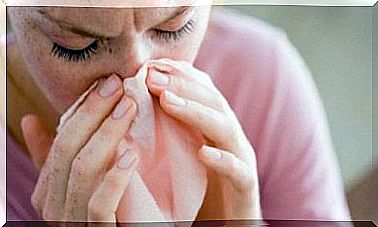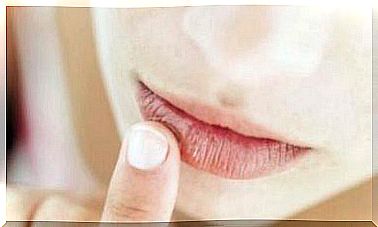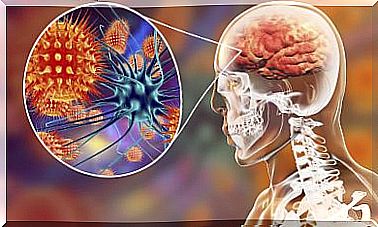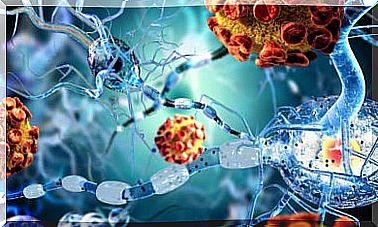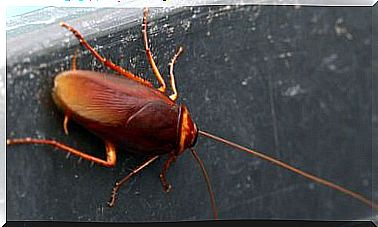Actinic Keratosis: Causes, Symptoms And Treatment
The development of actinic keratosis is slow and progressive. It is important to attend to any warning signs in a timely manner to achieve timely and effective treatment.
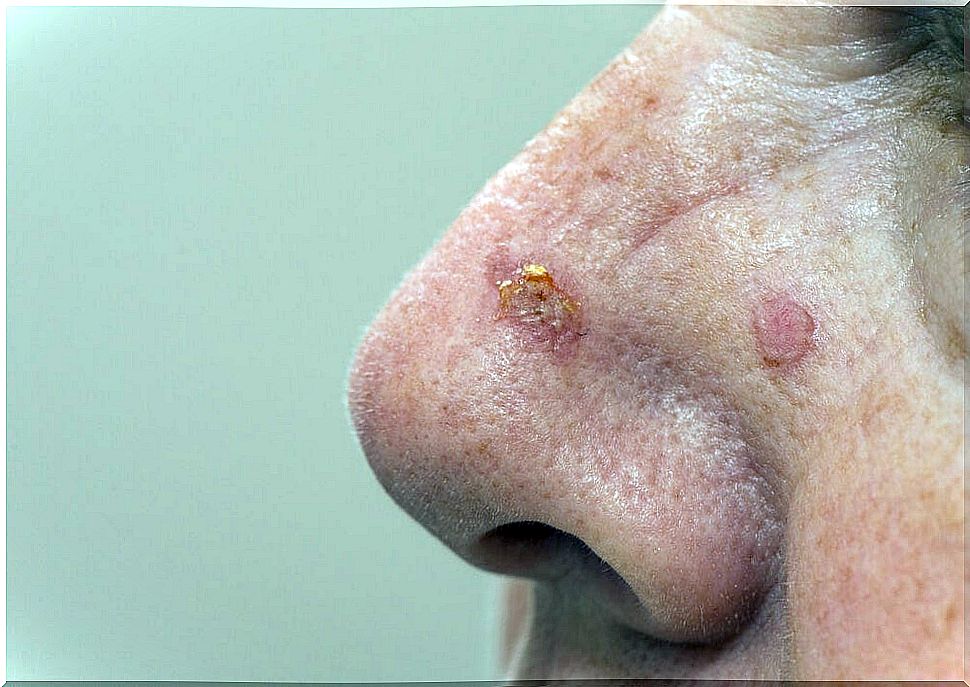
Actinic keratosis, also known as solar keratosis , is a type of premalignant lesion that appears as a thick, rough patch on the skin. It often develops in areas that have been exposed to the sun for many years.
Its growth is slow and progressive and takes years to manifest itself in a forceful way. Due to this, they are usually detected more frequently in people over 40 years of age, or during the elderly.
Individuals with fair complexions, blond or red hair, and blue or green eyes are more likely to develop one or more actinic keratosis lesions. Also, the risk is increased in people who spend a lot of time outdoors or live in places with sunny climates.
About 20% of cases can progress to skin cancer (squamous cell carcinoma); however, if treated promptly, most are successfully removed before development.
What are the causes of actinic keratosis?
Actinic keratosis is caused by the deterioration of the skin due to frequent exposure to UV rays from the sun or tanning booths. Sun damage accumulates over the years, even when exposure to the sun was brief.
The risk rises alarmingly among those who do not use sun protection or preventive measures to minimize the impact of the sun. In fact, even cloudy days are not safe, since up to 70% of the sun’s rays get through the clouds.
A low percentage of actinic keratosis can be related to prolonged exposure to X-rays or various industrial chemicals.

Risk factor’s
All people can develop actinic keratosis. However, there are some factors that increase your chances of getting it.
- Be blond or red-haired.
- Have freckles or blemishes.
- Be over 40 years old.
- Live in a sunny climate place.
- Work or do outdoor activities.
- Having had a kidney or other organ transplant.
- Having a history of heavy tanning or sunburn.
- Having a family history of actinic keratosis or skin cancer.
- Having a weakened immune system from chemotherapy, leukemia, or autoimmune disease.
Symptoms of actinic keratosis
Actinic keratosis is a scaly, scab-like growth that often appears in areas exposed to the sun, such as the face, ears, hands, forearms, shoulders, or neck.
The first manifestations are so mild that they can be recognized more by touch than by sight. The sensation when touching them tends to be similar to that of running your finger through sandpaper.
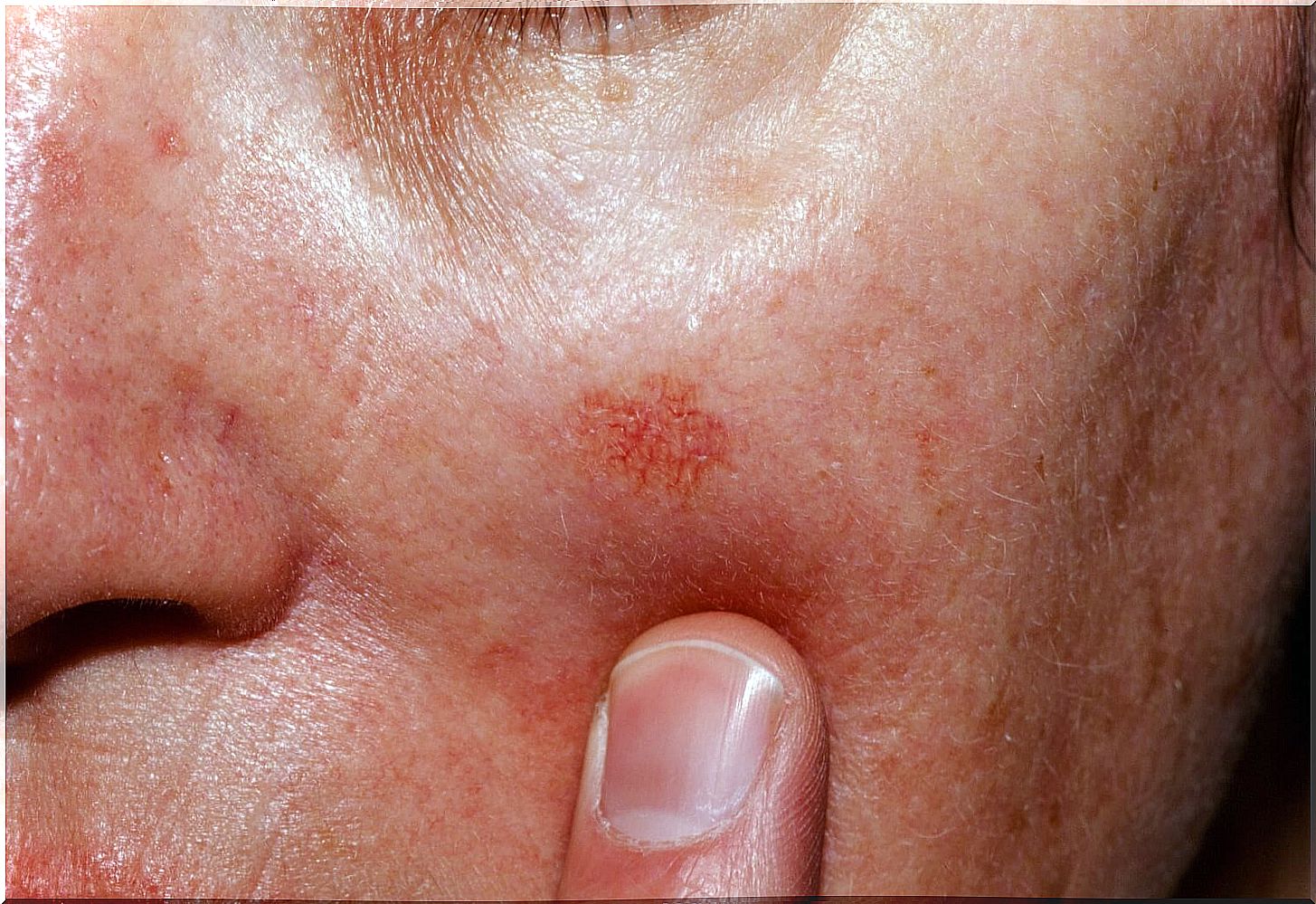
As the problem progresses, the signs and symptoms begin to become more apparent. Affected patients can identify:
- A thick, dry, and rough patch of skin, which can be less than an inch in diameter.
- A hard surface similar to a wart.
- Colors that can be red, pink or brown.
- Itching and burning in the area.
Complications
Lack of appropriate treatment for actinic keratoses can lead to squamous cell carcinoma. It is a type of cancer that can be treated if a timely diagnosis is achieved.
Diagnosis and treatment of actinic keratosis
To determine if an individual has actinic keratosis, the doctor does a thorough skin exam. If for some reason cancer is suspected, he may suggest complementary tests such as a skin biopsy.
Many cases of actinic keratosis go away on their own; however, some return after a new sun exposure. For this reason, and considering that some can turn into cancer, most are removed as a precaution.
Procedures and surgery
- Burned (electrocautery).
- Curettage and electrodesiccation (scraping off the lesion and using electricity to destroy any remaining cells).
- Excision (removal of the tumor and stitches to reattach the skin).
- Cooling (cryotherapy, which freezes and destroys cells).
- Photodynamic therapy (a laser treatment).
Medicines
If there are too many actinic keratosis patches, the professional may suggest the use of some topical medications such as:
- Fuorouracil cream (Carac, Fluoroplex, Efudex).
- Imiquimod cream (Aldara, Zyclara).
- Ingenol mebutate gel (Picato).
- Diclofenac gel (Voltaren, Solaraze).
Note: The use of these products can cause side effects such as redness, peeling and burning.
Prevention of actinic keratosis
Lastly, prevention is the best tool to prevent and stop the development of actinic keratosis. Fortunately, everyone can incorporate some care into their daily routine.
- Avoid exposure to the sun between 10 in the morning and 4 in the afternoon.
- Wear hats, sunglasses and protective clothing before going out in the sun.
- Use broad spectrum sunscreen (UVA / UVB) with a sun protection factor (SPF) greater than 15.
- Use a sunscreen higher than 30 SPF, waterproof, in case of outdoor activities.
- Apply sunscreen every day, even if it is cloudy.
- Avoid using tanning beds.
Therefore, it is very important to take these preventive measures whenever you have to expose yourself to the sun for long periods of time. If any symptoms are detected that make you suspect their appearance, it is important to go to a specialist to evaluate the changes in the skin.
